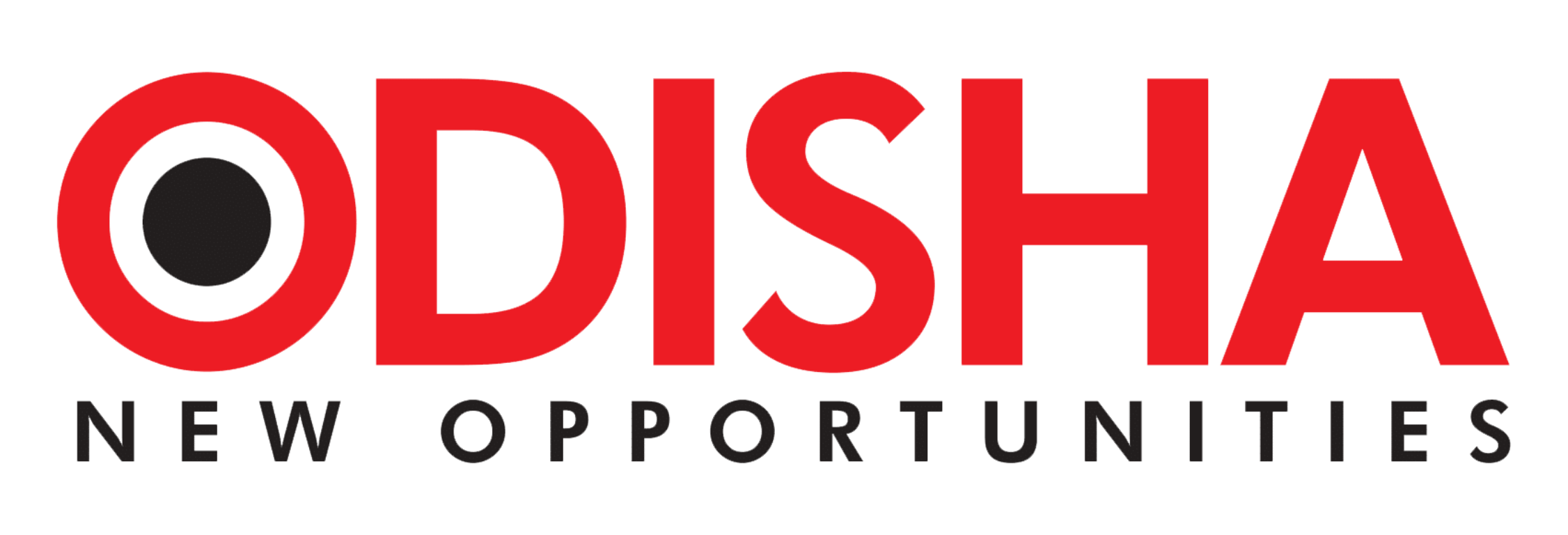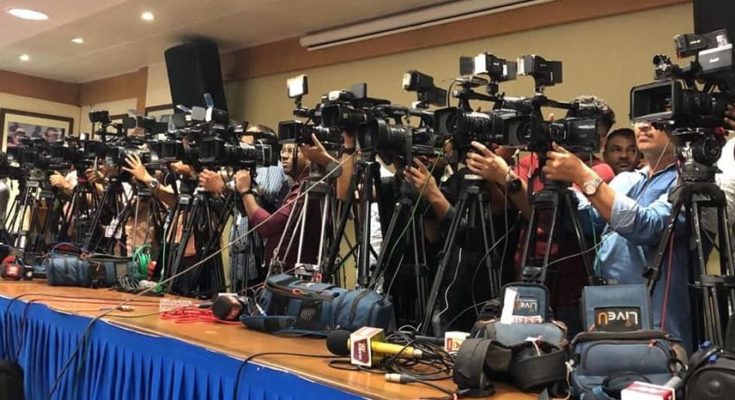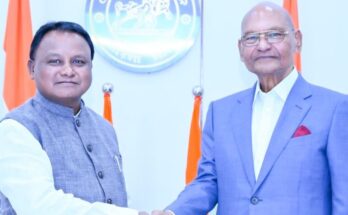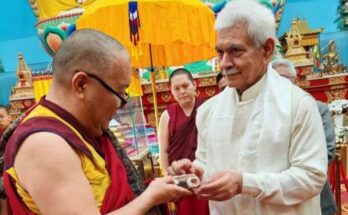UNESCO Appeals: On International Day to End Impunity for Crimes Against Journalists, UNESCO is publishing new data highlighting a worrying rise in violence against journalists during election periods. Between January 2019 and June 2022, UNESCO documented 759 individual attacks against journalists, including 5 killings, during 89 elections in 70 countries.
“Journalists must not be threatened, targeted with attacks or prevented from reporting freely at any time. We call on governments to take extra measures to protect journalists’ safety and to guarantee the right to freedom of expression and access to information, including during electoral periods. These two fundamental human rights are critical to the functioning of democracy,” said Tawfik Jelassi, UNESCO’s Assistant Director-General for Communications and Information.
The data comes as the world marks International Day to End Impunity for Crimes Against Journalists on 2 November at a time when the risks for journalists are higher than ever – most dramatically in the Middle East, with UNESCO recently deploring “the deadliest week for journalists in any recent conflict”. But the data shows that journalists also face significant risks outside of crisis situations.
Super-Election Year
In 2024, 2.6. billion people will go to the polls. Journalists will play a critical role in ensuring the public have access to accurate information as they prepare to cast their votes. The data was collected as part of a new UNESCO issue brief, The Role of Law Enforcement Agents: Ensuring the Safety of Journalists during public demonstrations and Elections, which sets out the ways in which journalists are impeded from reporting freely, and makes recommendations on how governments can address the problem.
What constitutes an ‘attack’?
According to UNESCO, 42% of the 759 attacks on journalists during election periods were committed by security forces. ‘Attacks’ are defined as: arbitrary arrests, beating, firing of rubber bullets, threats, intimidation and the confiscation of equipment. The attacks took place in a wide range of situations – at rallies, or public demonstrations, in the office and at homes of journalists and media workers.
The other 58% of attacks were physical and verbal, and were perpetrated by demonstrators and members of the public attending the protests. 29% of the journalists assaulted (218) were women.
The UNESCO issue brief shows that during elections and public demonstrations, many government authorities blocked the public’s right to access to information by implementing internet blackouts and disruptions, by censoring the media and critical voices, and by digitally surveilling journalists. All these interventions were made in the name of public order and national security. The issue brief cites data from Access Now and the Office of the United Nations High Commissioner for Human Rights (OHCHR).
Freedom of Expression: Security Forces have a vital role to play
Freedom of expression and peaceful assembly contribute to the development of participatory governance, holding governments accountable and raising awareness to create change in generally held attitudes, policy and laws. During both protests and election periods, the police and security forces must protect these democratic rights and ensure a safe and orderly environment. Since 2013, UNESCO and its partners have trained 11,500 police officers in 150 countries. This training is effective because the police are trained alongside journalists and a significant degree of role-playing is used in order for both groups to understand the others’ roles and responsibilities.





